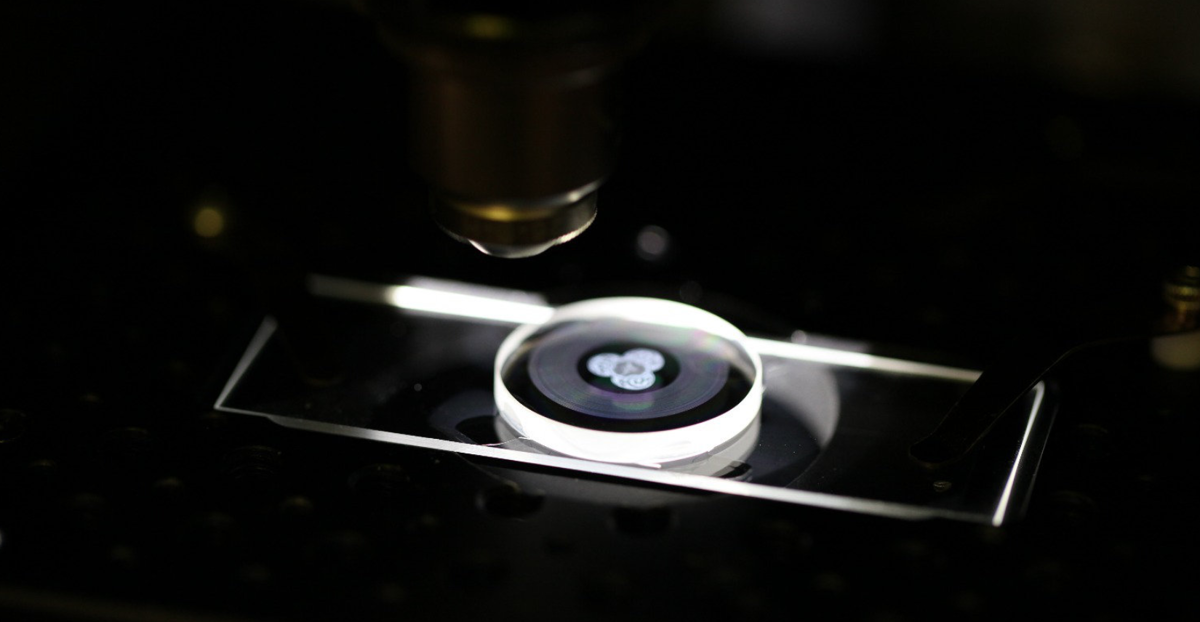Sorry, magnetic data does not last.
Flash memory degrades over time. The relevant industry specification JEDEC JESD218A endurance specification requires a flash memory chip that’s turned off and stored at 25˚C to retain data for 101 weeks. Not even two years.
In practice, you start encountering single-bit failures within 5 years, and complete storage collapse within 20 years. It'll be quicker if you live at high altitude, or if the storage location is not air-conditioned and thus experiences temperature swings.
Mechanical Hard Disks drives fare a bit better. While most of the mechanical aspects of the drives fail quite quickly (2-7 years) when inactive (an unpowered hard drive will fail sooner than one in continuous powered use), the actual data on the platters will last a bit longer.
But the magnetic domains on the storage will creep, fade, and decay in a process known as "bit rot". This failure rate will vary a lot, depending on environmental factors and the manufacturer of the media. Hot is bad; cool but non-freezing temperature is better. Ice formation is very bad. Vibration is bad. Radiation is very, very bad, even the everyday normal background- and cosmic radiation.
A drive in an underground data center that was originally climate controlled, with effectively moisture-sealed air and with significant radiation protection from cosmic rays due to its location and no Radon source(not dug into granite), will be about the best possible location. Yet even there, the media will have some errors within 10 years, many errors after 20 years, and apparently blank storage platters after 100 years.
Magnetic and electrical storage simply do not last -- they are optimized for low-cost, high-speed reliability in the short term only.
Other media
Just about the only bulk data storage that we normally use that will survive on a decades-to-centuries timescale is printed optical disks. Note not home-written, dye-based optical disks, those are worse than all the others here, lasting less than 5 years! We are talking mass-produced, stamped-in-metal-foil-on-polycarbonate-disk CDs and DVDs. With even a modicum of protection against the elements, a good quality DVD should retain its data for millennia or longer. They will become brittle and delicate, but a good archeologist is not bothered by such things.
Note that we can build a magnetic hard drive to retain its data indefinitely. At least on the century timescale. The process involves forming the platter with distinct "islands" of magnetic material, instead of the continuous magnetic domain that is normally used.
But NO current commercial drives work like this, because the manufacturing cost is immensely higher, the maximum storage density is a magnitude lower than for normal drives, and the read rate of the drive is also correspondingly lower.
But it would be possible to build a magnetic hard drive that will last "forever", for such purpose as a Time Capsule, Data Ark, ultimate backup of important military data, etc.
But it would need to be planned and manufactured for just that purpose. Consumer-level data centers would not be using such tech.
There are also storage methods that will last for centuries, even millennia.
It is not so hard to store data indefinitely, all that is needed is a storage that focuses on long-term safe storage, not ease of access, speed of access, or minimizing of cost. (all three of these are prime drivers for datacenters, of course!)
Example: the microfiches stored in a mine, suitably inerted and stored paper books, some forms of DVD, etc.
There will definitely be huge amounts of data available to archaeologists, but common usage datacenters will not be a part of that.


